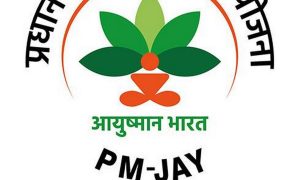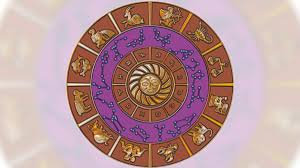Chronic back pain should not be ignored, and you should go for consultation from your healthcare care provider if symptoms or back pain persist for more than 8 weeks
Read More: Understanding breast density: What women need to know about its impact on cancer risk and screening
Sedentary lifestyle like sitting in bad posture for long hours, uncomfortable sleeping positions, obesity, stress, and poor nutrition can all lead to back pain. If it lasts for more than 3 months, it’s considered to be chronic. Such type of back pain usually occurs due to age factor or any injury in that area. Back pain is a common cause of concern for millions of people around the world. According to WHO, Lower back pain affected 619 million people in the year 2020 and the number of cases is likely to increase to 843 million cases by the year 2050. Back pain can be specific or nonspecific. Dr. Ashish Dagar, Consultant – Spine Surgery, Manipal Hospital, Gurugram shares all you need to know:
Specific back pain could be related to any serious underlying condition like any injury, tissue damage or any underlying disease. Whereas non-specific back pain could be due to lifestyle and other factors like not engaging in any physical activity, obesity, sitting for longer hours without giving rest to the back or high stress levels at work.
Read More: Suffer From Migraine? Root Causes And Triggers You Should Be Aware Of
To address the back pain, it’s important to find the underlying cause along with ways to manage the symptoms. One can opt for medical treatments or lifestyle modifications depending upon the symptoms and risk factors associated with it.
Various treatment option available to treat chronic back pain includes:
- Medication Doctors provide pain relief medicines to relax the muscles in case of mild to severe or unbearable pain
- Surgery It is the last option which is considered only when other treatments don’t show any results and the pain persists.
- Therapy Various therapies including cognitive behavioral therapy or Chiropractic care are used to provide relief and treat back pain.
Read More: Almonds To Cashews: 5 Dry Fruits That Can Help Lower Uric Acid Levels
Lifestyle modification that one can adopt to ease pain can be:
- Nutrition Healthy eating habits play a positive role in low back pain management. It can help in reducing weight which might be one of the contributing factors for strain on spine. Taking a diet rich in protein, micronutrients (vitamin d, b12, k2,) and minerals (calcium, magnesium) is good for bone and joint health. Recent studies indicate that some diets are highly inflammatory, especially those high in trans fats, refined sugars and processed foods. Avoiding such items might be beneficial in chronic low back pain.
- Exercises and physical activities Exercise is the foundation of chronic back pain treatment. Maintaining your exercise routine regularly at home is even more important – a consistent regimen is the key to maintaining the spine’s strength and stability. Exercises such as low impact aerobic exercises, isometric core strengthening/stabilization, supervised strength training, balance improving exercises and aquatic exercises have a positive impact on low back pain. Increase in physical activity in day-to-day life improves nutrient supply to muscle, joints and disc and hence reduce pathogenesis.
- Mind-body exercises and meditation Chronic back pain is both physically and emotionally straining. Mind-body exercises and meditation combine specialized movements, controlled breathing, and mental focus to improve balance, flexibility and strength. Examples include yoga and Pilates.
- Sleep, stress, and back pain Anxiety, stress, insomnia, and chronic low back pain are interconnected. Anxiety, stress and insomnia increases pain perception. Revere is also true- chronic back pain might be a cause of stress, anxiety and insomnia. It is of help to break this cycle by some lifestyle changes. Maintain sleep hygiene (dark, quiet, cool room with supportive pillows) and complete 8 hours of sleep daily.
- Substance use and back pain Smoking and alcohol consumption are associated with low back pain. De-addiction has been shown to have positive effect chronic low back pain.
- Selfcare and back painSelf-care and self-management strategies, such as ergonomic instructions, proper body mechanics, joint protection and energy conservation guidelines, self-massage, self-acupressure, flare-up management, and pain neuroscience education, may be useful techniques to help patients manage their back pain.
- Alternative treatments Acupuncture, massage, laser therapy, electrical nerve stimulation and other nonsurgical spine treatments can make a difference for chronic back pain. Overall, the potential benefits of these strategies far outweigh their potential risks, so they are worth exploring.
- Pharmacotherapy Pain killers are usually not recommended in cases of chronic low back pain. Long term use of such drugs has major side-effects. Nerve pain medications and antidepressants might be used under supervision in some case to break pain cycle.
Chronic back pain should not be ignored, and you should go for consultation from your healthcare care provider if symptoms or back pain persist for more than 8 weeks. In some cases, practicing good posture, changing your eating habits or regular stretching are enough to get relief but in regenerative conditions, one may need medical intervention. Early diagnosis of back problems can help prevent serious damage to the back.





































